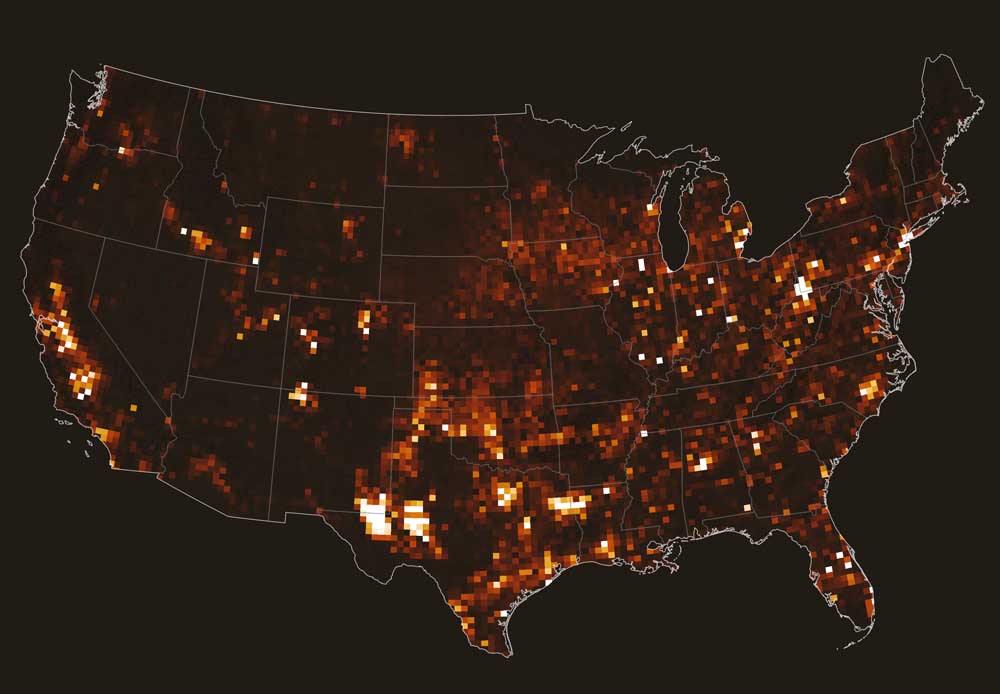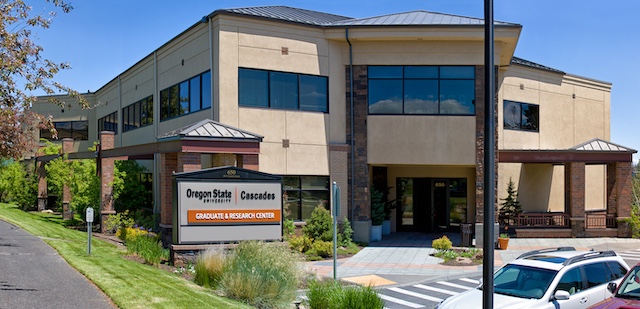Guest column: Green and gray environmentalism and Bend
Published 9:00 pm Monday, June 10, 2024

- This map above shows the satellite-derived estimate of human-caused methane emissions for 2019.
What if a tree were cut down to build housing in Madras for someone forced out of Bend by high prices?
We wouldn’t notice it here in Bend, but Oregon still lost a tree, and far, far more importantly, the amount of carbon dioxide released into the atmosphere by one single day of that long commute is more than a mature tree sequesters in an entire year. And of cse that’s a long, stressful commute, especially in winter, that takes precious time away from people that they could be spending with their families or doing something fun or relaxing.
In Oregon, the biggest threat to forests aren’t developers or even clear cuts, these days: it’s climate change, capable of felling trees by the thousands, even deep in the wilderness (tinyurl.com/deadfir), and for most of us, biggest contributions to CO2 emissions are 1. driving and 2. heating homes.
There’s a certain brand of environmentalism — we could call it “out of sight, out of mind” environmentalism — where someone looks outside their door and if they see trees, and don’t see any new development, well, that’s great! But they’re not considering what that leads to.
The problem is that “the environment” is not just what you see around you; it’s a global system where we have to consider the tradeoffs. If things like inflexible zoning and onerous tree codes stop housing for essential workers from being built in Bend, and those families move to nearby cities and drive here to work, we just dramatically increased traffic and carbon emissions! This is far worse for the environment than a few trees being felled.
Another way of putting this divergence in the environmentalist movement is “green vs gray” (tinyurl.com/ORGreengray). “Green” environmentalists have been successful at stopping harmful things, but some of them have come to view anything at all being built, including homes for people to live in, as problematic.
The “gray” environmentalist idea is: let’s build cities in a way that reduces impact on the planet, but also does so in an inclusive way where our “environmentalism” isn’t jacking up housing prices and pushing people somewhere else. Housing with shared walls cuts down on heating costs and makes efficient use of expensive land — we should make it easier to build in more of Bend. Re-legalizing traditional fixtures of cities like corner stores and neighborhood businesses means it’s easier to walk or bike some of the time even if we still drive. And “gray” environmentalists like trees and nature just as much as anyone: by building cities that don’t sprawl like Las Vegas or Phoenix, we keep more natural land outside cities truly wild. And even compact cities have plenty of room for greenery — street trees and parks are really important for well-being.
None of this is to say that all of Bend must look one way. It’s a large enough city that we can accommodate different preferences. But we can’t pat selves on the back for being “environmentalists” if we’re just pushing people further out or even to other regions or states where the environment is not a priority.








